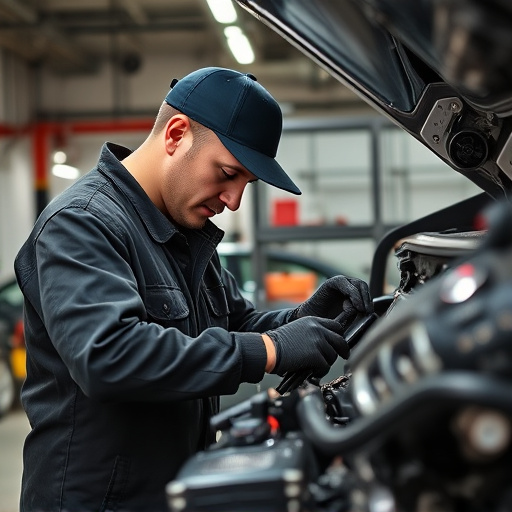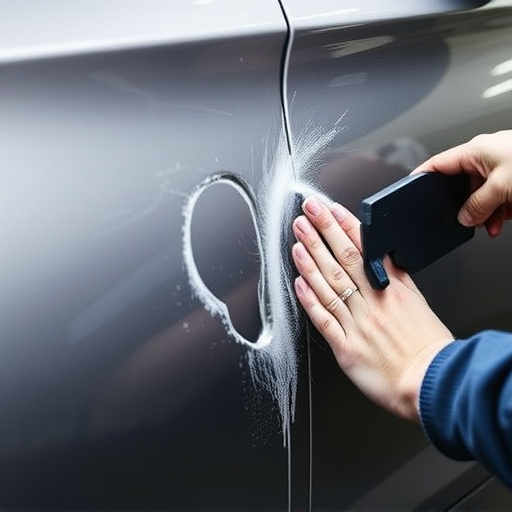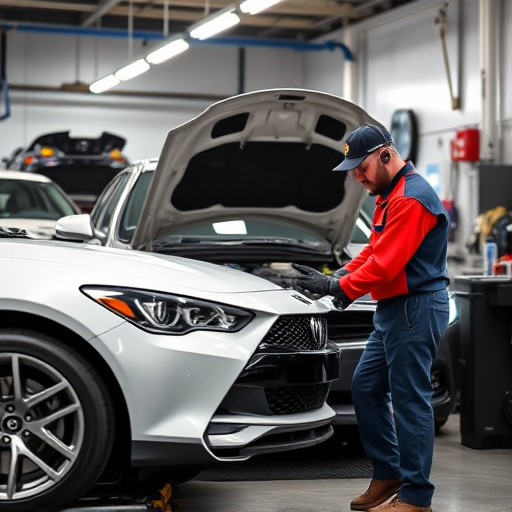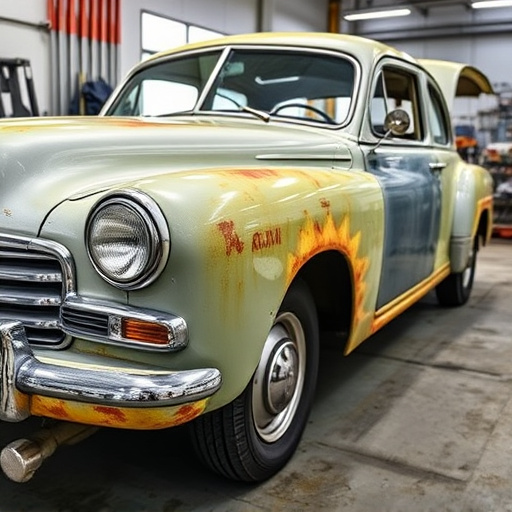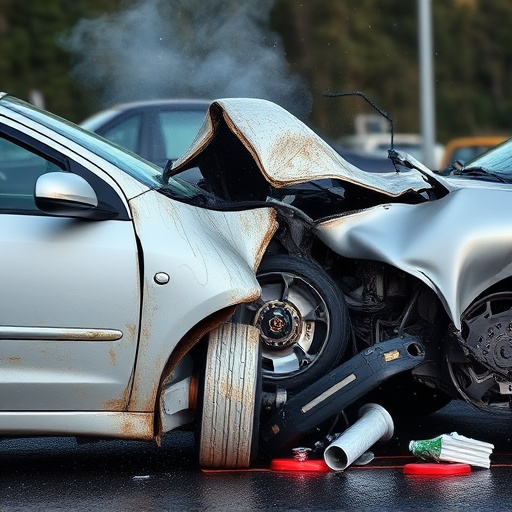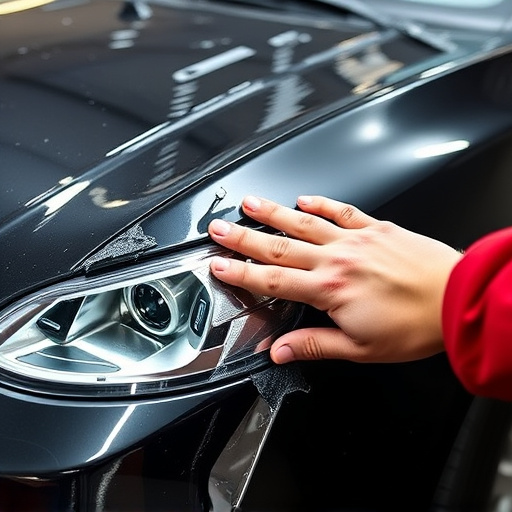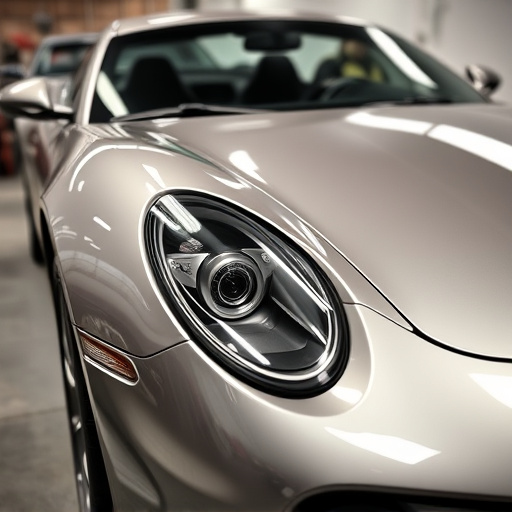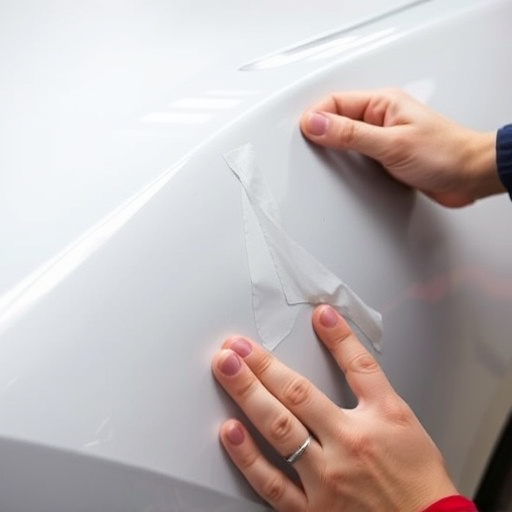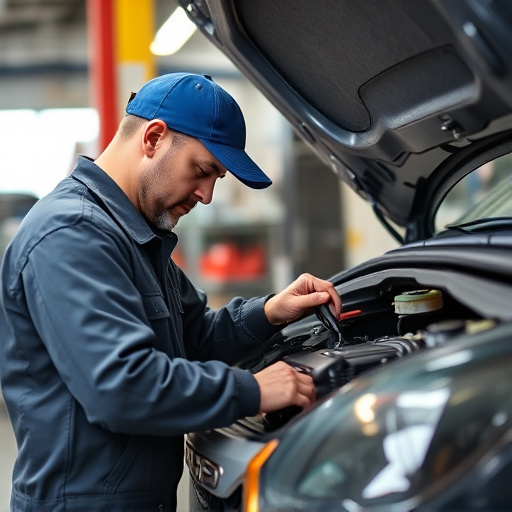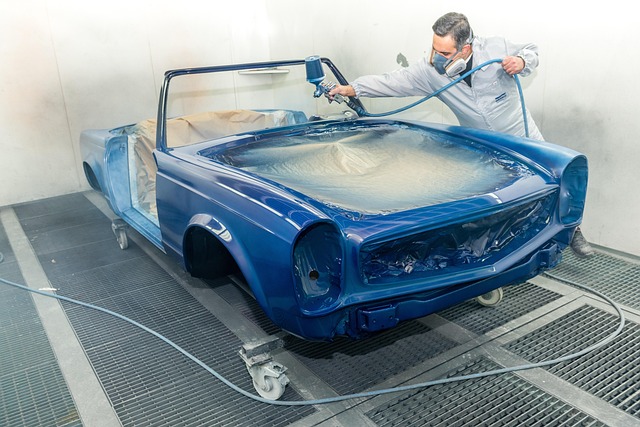Vehicle frame inspection combines advanced tech like laser scanners and CAD software with manual methods to detect hidden structural damage, crucial for safety and precision in luxury vehicle repair, collision and fender repair, ensuring thorough fixes and restoring vehicles to pre-incident conditions.
Vehicle frame inspection is a critical process in ensuring road safety and structural integrity. It involves meticulous evaluation of a car’s framework, identifying potential damage from accidents or wear and tear. This article delves into the art and science of vehicle frame inspection, exploring various techniques used to detect structural damage. From traditional methods to cutting-edge technology, we uncover the tools and strategies that aid mechanics in preserving vehicular safety on the road.
- Understanding Vehicle Frame Inspection Techniques
- Detecting Structural Damage: Common Methods
- Advanced Technology in Framing Analysis
Understanding Vehicle Frame Inspection Techniques

Vehicle frame inspection is a critical process that involves meticulously examining the structural integrity of a vehicle’s chassis. It plays a pivotal role in determining the overall condition and safety of a car, especially after accidents or routine maintenance. Skilled technicians employ various techniques to uncover any signs of damage or misalignment, ensuring each component is in optimal condition for safe operation.
These inspections go beyond visual assessments, incorporating advanced technologies like laser scanners and computer-aided detection systems. By comparing current measurements with factory specifications, professionals can pinpoint even the slightest deviations caused by collisions or normal wear and tear. This meticulous approach is particularly crucial when it comes to luxury vehicle repair, where precision is key to restoring not just functionality but also the aesthetic appeal of the vehicle. Effective frame inspection techniques are thus indispensable for both collision repair and fender repair processes, ensuring that every fix is both comprehensive and effective.
Detecting Structural Damage: Common Methods

Detecting structural damage in vehicles is a critical step during a vehicle frame inspection. Common methods involve utilizing advanced technology such as laser scanners and computer-aided design (CAD) software, which can accurately measure and compare vehicle dimensions to pre-accident specifications. These tools enable technicians to identify misalignments, deformations, or discrepancies that may indicate hidden damage beneath the surface.
In cases like a fender bender or Mercedes Benz collision repair, where external panels may be restored or replaced, it’s crucial to assess the underlying structural integrity. Techniques like visual inspection, strain gauge measurements, and non-destructive testing (NDT) methods such as ultrasound or infrared thermography can uncover hidden cracks, corrosion, or damage that could compromise the vehicle’s safety. Efficient car dent removal processes often rely on these comprehensive structural damage detection techniques to ensure vehicles are restored to their pre-incident condition.
Advanced Technology in Framing Analysis

The evolution of advanced technology has significantly enhanced vehicle frame inspection processes, allowing for faster and more accurate structural damage detection. Traditional methods relying on manual examinations have been supplemented by sophisticated tools like 3D imaging and computer-aided design (CAD) software. These technologies offer unprecedented levels of detail, enabling auto body shops to identify even the subtlest deformities that might be missed under conventional circumstances.
In the realm of car restoration, these advanced framing analysis techniques play a pivotal role. By meticulously scanning and mapping vehicle bodywork, professionals can accurately assess the extent of damage, plan repairs, and ensure a seamless return to optimal condition. This not only boosts the efficiency of repair processes but also guarantees the structural integrity of the vehicle, providing peace of mind for car owners undergoing automotive body shop treatments.
Vehicle frame inspection is a critical aspect of ensuring automotive safety and structural integrity. By employing advanced techniques, from traditional visual assessments to cutting-edge technology like 3D scanning and AI-powered analysis, professionals can accurately detect even subtle structural damage. These methods not only enhance the accuracy of repairs but also contribute to extending the lifespan of vehicles, making road travel safer for everyone. As the automotive industry continues to evolve, so too will vehicle frame inspection technologies, further solidifying their role in modern mobility.
